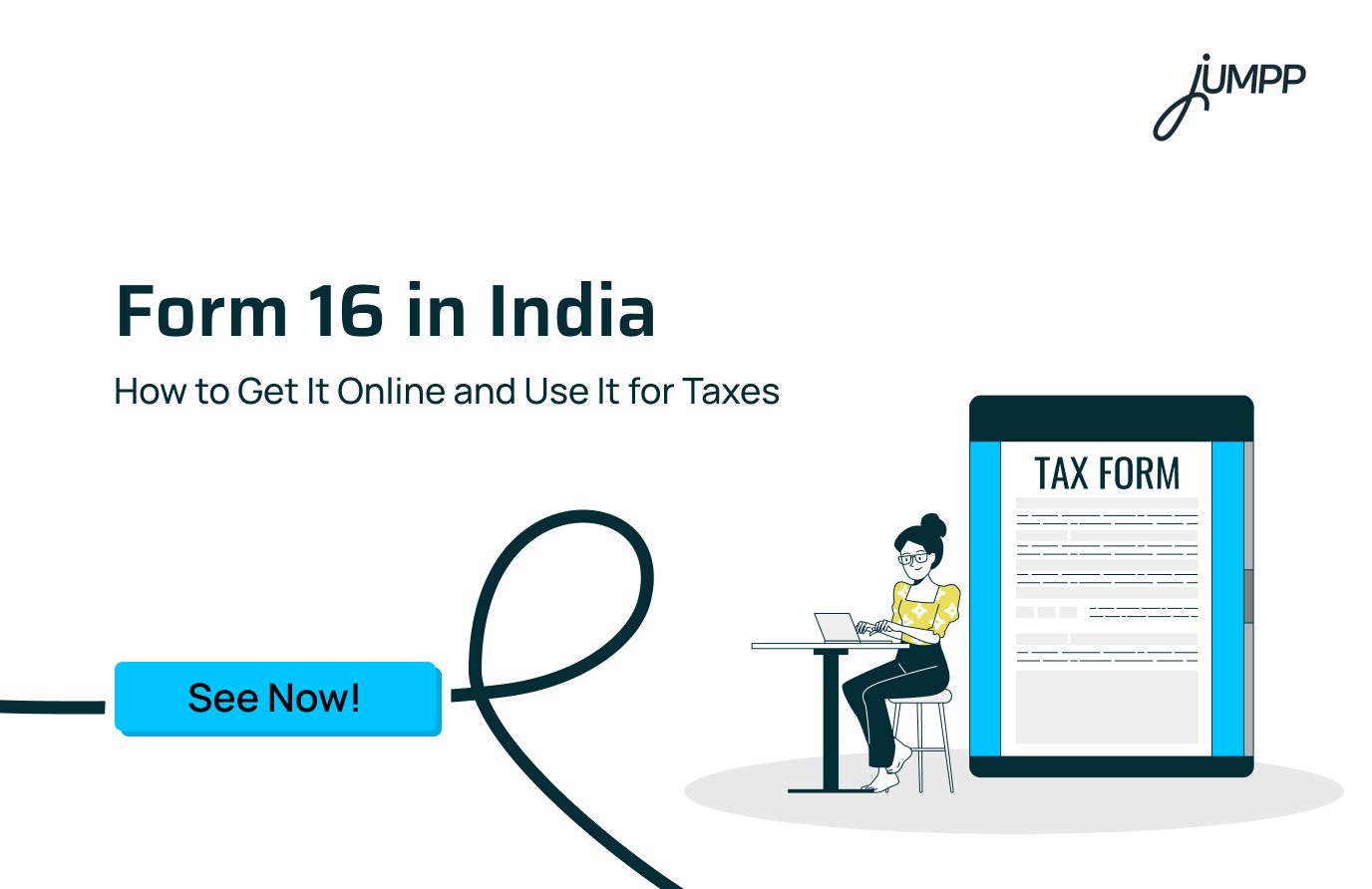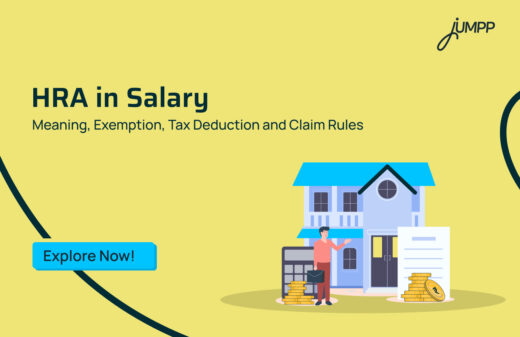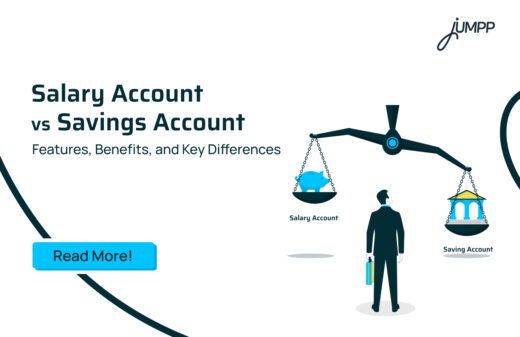What is Form 16 in India: Types, Eligibility, and How to Get It

When the financial year closes, your employer hands you a document called Form 16, and you are told it is essential for filing your income tax return. Form 16 is a Tax Deducted at Source (TDS) certificate issued by an employer to a salaried employee in India. It provides a detailed summary of the salary paid and the tax deducted and deposited with the government during a financial year.
Now, what are the types of Form 16 and how to get online?
What is Form 16 in Income Tax?
Form 16 is a Tax Deducted at Source (TDS) certificate issued by employers under Section 203 of the Income Tax Act, 1961. It serves as proof that your employer has deducted tax from your salary and deposited it with the Income Tax Department.
What are the Key Details in Form 16?
The form is divided into two parts.
Part A
This section provides an overview of the tax deducted and deposited.
It includes:
- The PAN (Permanent Account Number) of both the employer and the employee, along with the employer’s TAN (Tax Deduction and Collection Account Number).
- The official addresses of the employer and employee.
- The assessment year for which the TDS has been deducted.
- A quarterly summary of the TDS deducted and deposited.
Part B
This section provides a more detailed overview and offers a comprehensive view of your income and applicable taxes.
It contains:
- A detailed breakup of the salary, including all allowances.
- Any other income reported by the employee, if applicable.
- Deductions allowed under the Income Tax Act.
- Tax calculated on the total income.
- Details of any education cess or surcharge.
What are the Various Types of Form 16
There are three types.
Form 16 – is issued by an employer to a salaried employee, showing the TDS deducted from their salary. It is mandatory for employers to provide this annually by June 15th of the assessment year.
Form 16A – is a TDS certificate for income other than salary, issued quarterly or annually by any entity that deducts tax at source. It is provided by banks, financial institutions, or other payers.
It applies to income from fixed deposits, dividends, rent, insurance commissions, or professional fees.
Form 16B – is issued for TDS on the sale of immovable property, excluding agricultural land, with a value of ₹50 lakh or more. The property buyer deducts 1% TDS and provides Form 16B to the seller.
It serves as proof that the tax has been deposited with the government.
Difference between Form 16, 16A, and 16B
| Feature | Form 16 | Form 16A | Form 16B |
| Purpose | An annual TDS certificate for salary income. | A quarterly TDS certificate for non-salary income. | A TDS certificate specifically for the sale of an immovable property. |
| Issued by | Employer to employee. | Banks (interest), tenants (rent), or businesses (professional fees/commissions) to the recipient. | Property buyer to property seller. |
| Issued to | Salaried employees. | Non-salaried individuals, such as freelancers, consultants, or anyone earning interest or commission. | Property sellers. |
| Issuance Frequency | Annually | Quarterly | Per transaction |
| Key Details | Gross salary, tax-exempt allowances, deductions, and TDS amount. | PAN of deductor and deductee, amount and nature of payment, and TDS deposited. | PAN of buyer and seller, property details, TDS amount, and the acknowledgement number of the TDS payment. |
| Governed by | Section 203 of the Income Tax Act | Section 203 of the Income Tax Act | Section 194-IA of the Income Tax Act |
Here are the key differences between Form 16, Form 16A, and Form 16B
- Income Type: Form 16 covers salary income, Form 16A is for non-salary income, and Form 16B applies exclusively to property sales.
- Issuer and Recipient: employers issue Form 16 to employees, banks or businesses issue Form 16A to non-salaried individuals, and property buyers issue Form 16B to sellers.
- Transaction Threshold: Only Form 16B has a specific monetary threshold, applying to property sales of ₹50 lakh or more.
- Purpose in Tax Filing: All three forms serve as proof of TDS and are essential for filing an Income Tax Return, helping reconcile tax credits from various sources of income.
What are the Benefits of Form 16
For salaried employees, it serves multiple purposes. making tax filing easier, supporting financial transactions, and helping with long-term planning.
Makes filing your ITR easier
One of the most immediate benefits is that it lays out your salary breakup, exemptions, and deductions clearly.
Acts as proof of income
Whether you are applying for a personal loan, a home loan, or even a visa, it acts as official evidence of your earnings. It tells banks, embassies, and financial institutions that you are earning, you are paying your taxes, and you are financially compliant.
Confirms tax deposits
Form 16 is backed by government records, showing that the TDS deducted by your employer was actually deposited with the tax department.
Helps calculate tax liability accurately
Part B of Form 16 lists all eligible deductions and exemptions, which helps you calculate your exact tax liability. It prevents overpayment or underpayment of taxes.
Supports refund claims
If your employer deducted more tax than needed during the year, Form 16 becomes crucial when claiming a refund. It is the starting point for reconciling TDS with your final tax liability.
Make the most of your Form 16 refunds by building better habits with the best app to save money. Open your zero balance saving account online today.
Aids loan processing
Financial institutions look at consistent, documented income before approving loans. Form 16 provides a record and can even help secure better terms or faster approvals by demonstrating a clean tax record and steady income. Learn more about the home loan process in india and the documentation required for smooth approval.”
How to Download Form 16 / 16A from TRACES
Employees cannot directly download Form 16 themselves. It must be provided by the employer, usually by June 15th, after the end of the financial year. If you do not receive it, you need to request it from your HR or payroll department.
To download Form 16 or 16A, employers need to follow a specific process on the TRACES portal:
- The employer (deductor) starts by logging in to the TRACES portal using their credentials.
- Once logged in, they need to select the ‘Downloads’ section.
- Choose the appropriate form type based on the nature of income—Form 16 for salary income and Form 16A for other TDS deductions.
- Fill in the required details, click ‘Go,’ verify the information, and then click ‘Submit.’
- Go to the ‘Downloads’ section and select ‘Requested Downloads.’
- Input the request number, click ‘Go,’ and download the certificate in a ZIP file.
- Download the TRACES PDF Generation Utility, browse the downloaded ZIP file, and generate the certificate in PDF format.
This process ensures that Form 16 / 16A is accurate, officially verified, and ready to be shared with employees for filing income tax returns, verifying income, or any other financial documentation requirements.
Form 16 Password
When opening the downloaded Form 16, you may need a password, which can differ across organisations.
Common combinations include:
- PAN in lower case + date of birth in DDMMYYYY format
- Only PAN in lower case
- Only PAN in upper case
- Only date of birth in DDMMYYYY format
Who is Eligible for Form 16?
According to Section 203 of the Income Tax Act, an employer must deduct TDS if an employee’s income is taxable. Therefore, any salaried individual whose income falls within the taxable bracket is eligible to receive Form 16.
When Form 16 is Not Required
If no TDS is deducted from the employee’s salary, the employer is technically not required to issue Form 16. Yet, many companies still provide it as a good practice, since it consolidates an individual’s earnings and other deductions, making it useful for multiple purposes.
Form 16 helps you see the taxes deducted from your salary, but understanding your full salary structure requires knowing your CTC. Learn how every component adds up in “What is CTC in Your Salary.”
Why is Form 16 Important?
Form 16 serves as proof that the government has received the tax deducted from your salary. It is essential for filing your income tax return accurately, as it provides details of:
- Your salary structure
- Deductions claimed against salary
- Other investment deductions under the Income Tax Act
Conclusion
Understanding what is Form 16 and its importance is essential for every salaried professional. Form 16 online ensures you dont miss out on your ITR refunds while filing your income tax. Keep your Form 16 safe, understand its contents, and utilise it effectively to avoid mistakes, delays, or missed opportunities in your financial journey.
What is Form 16- FAQs
Form 16 is used to file your ITR. It provides a complete summary of salary, allowances, and deductions. It also serves as proof of income, TDS verification, and employment verification when required.
TDS in salary is Tax Deducted at Source, where the employer deducts a portion of your salary and deposits it with the Income Tax Department on your behalf. The amount is calculated based on your total income, applicable tax slab, and eligible deductions.
Yes, you can file your ITR using payslips, Form 26AS, investment proofs, and bank statements to report income and claim deductions accurately. Form 16 makes it simpler but is not mandatory.
You can calculate your gross salary, subtract exemptions and standard deductions, claim eligible investments, and then apply the income tax slab rates. Finally, add applicable cess and surcharge to determine the total tax payable.
You need to log in to the official e-filing portal, select the correct ITR form, fill in your income and deductions, validate the form, and e-verify it using Aadhaar, Net Banking, or DSC.
You can get Form 16 from your current or former employers, typically by June 15, or request a duplicate if misplaced. Some companies also provide it via payroll portals.
Form 16 must be issued if a salaried employee’s annual income exceeds the basic exemption limit (currently ₹2,50,000), and TDS has been deducted from the employee’s salary.
Employers who deduct TDS but fail to issue Form 16 are liable for a penalty of ₹100 per day for each day of default until the form is issued.
Yes, it is compulsory for the employer to issue Form 16 to employees whose salary attracts TDS as per the Income Tax Act.






